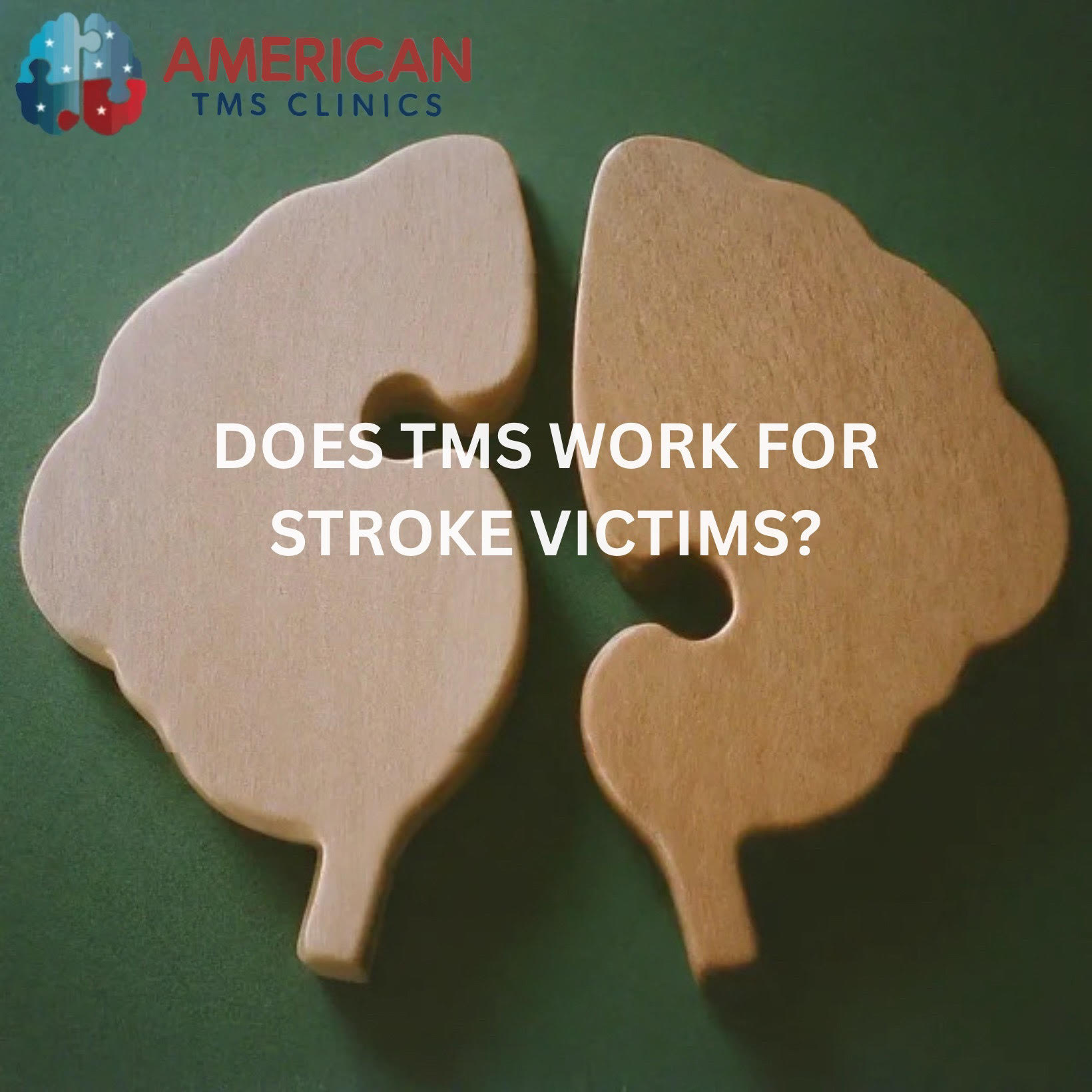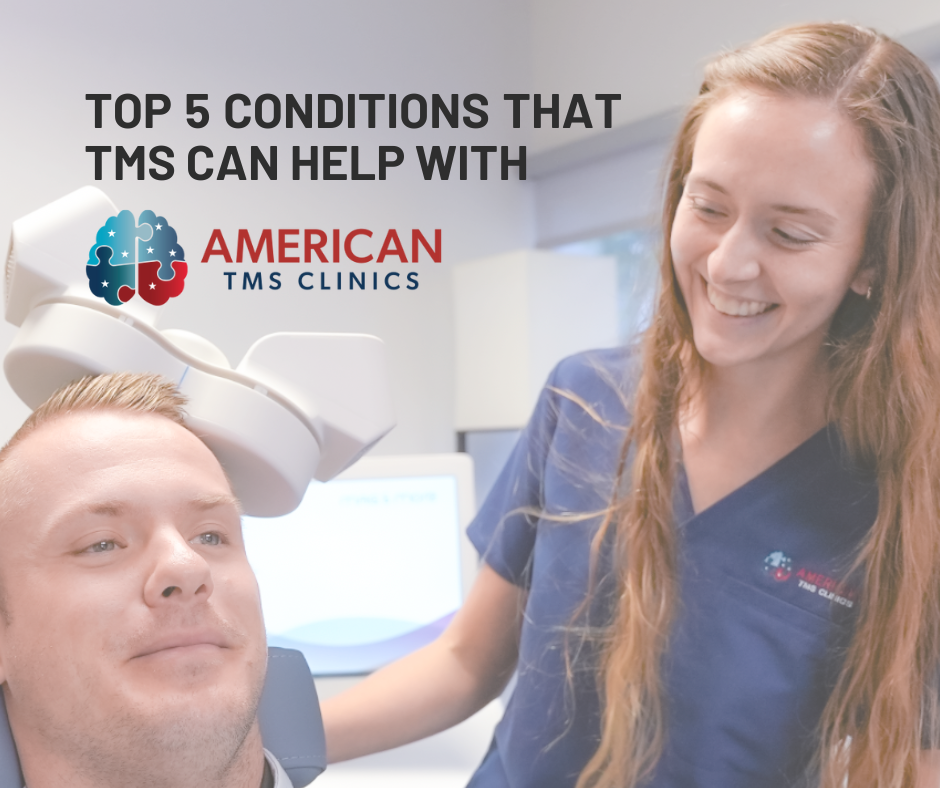Major Depressive Disorder (MDD) rates are at an all-time high, with rates increasing at an alarming rate specifically in adolescents. With an estimated prevalence of 14.3% in adolescents, studies suggest that just under ⅙th of adolescents struggle with MDD3. Not to mention, other mental illnesses such as Generalized Anxiety Disorder (GAD) and many more are similarly on the rise in adolescents.
This rise in prevalence warrants more accessible and effective treatments of MDD and other mental illnesses for adolescents. Especially because the teenage years are a time where their brains and bodies are undergoing the most change and are most receptive to change.
Transcranial Magnetic Stimulation (TMS) therapy is one accessible and effective treatment for teens! Here at American TMS Clinics, we recognize this necessity and offer accessible options to help your child in the time that they need it most.
In this article, we will address some common questions and concerns families may have prior to deciding if TMS is right for their child!
What is TMS and how does it work?
TMS stands for Transcranial Magnetic Stimulation and it works by sending magnetic pulses to activate or suppress target areas of the brain. While the exact mechanism isn’t fully understood, researchers believe it helps trigger the release of important neurotransmitters like serotonin and dopamine. These chemicals play key roles in mood regulation, pain perception, and other important brain functions.
The procedure is simple. You sit comfortably while a technician places a magnetic coil on your scalp. This coil delivers magnetic pulses to the brain, which can help “wake up” underactive areas or “calm down” overactive areas. Each session lasts about 30 to 60 minutes, and you can return to your regular activities afterward.
Is TMS safe for adolescents?
Yes, research has consistently established that TMS rarely causes side effects. Unlike many other treatments, TMS is non-invasive. This means that it doesn’t involve breaking the skin or putting anything into your body. It’s just magnetic pulses applied to the outside of your head, so there’s no recovery time.
Additionally, studies suggest that there is no statistically significant difference in safety between adults and adolescents. Evidence shows time and time again that TMS is about as safe and tolerable as placebo2. In other words, TMS is about as safe as taking a sugar pill!
That being said, there are some risk factors to consider when deciding if TMS is right for you. These include seizures, certain medications, and others. When you come into our care, you meet with our Psychiatrist who will help figure out if it is right for you or your child!
What disorders are best treated by TMS in adolescents?
Most studies on TMS are done in adolescents with depression, and these studies consistently show significant reduction in symptoms often comparable or more impressive than that of antidepressants12.
Additionally, there is increasingly more evidence that TMS can be effective in treating many other disorders as well. Such disorders include Anxiety, Post-Traumatic Stress Disorder (PTSD), Obsessive Compulsive Disorder (OCD), and Attention Deficit Hyperactivity Disorder (ADHD). In fact, TMS has recently been approved by the FDA in the treatment of OCD!
For more information on the Top 5 Conditions that TMS Can Help With, see our blog on exactly that topic!
Is TMS safe to be used in conjunction with antidepressants?
Yes, not only is TMS safe to be used in conjunction with antidepressants, but it is often recommended. That being said, many patients come into our care to mitigate side effects of psychiatric drugs or as a substitute for medications that may have failed to remit their symptoms.
Regardless of your situation, when you enter our care at American TMS Clinics, we have you and your adolescent work with our psychiatrist to develop a care plan that takes your treatment goals and safety into account.
How does TMS stack up to other common treatments for adolescents?
Antidepressants vs TMS:
A 2023 Meta Analysis, compared the effects of antidepressants vs rTMS in adolescents and young adults with depression1. What they found was that adding rTMS to antidepressant treatment increased rates of remission significantly more than medication alone1.
Other Treament Modalities
For more in depth comparisons of the efficacy of different common treatment methods, see our blog on Mental Health Treatment: Traditional Methods vs. TMS Therapy. This blog directly compares the success rates of Talk Therapy, Cognitive Behavioral Therapy, Psychotherapy, Medication, and others! In short, though, TMS is as effective as other methods and often even more effective!
How do I know that TMS would be a good fit for my adolescent?
If your teen is struggling with mental health challenges, then TMS is more than likely a great option! To find out who it helps most, visit our other blog What is TMS Therapy Used For? Find Out Who It Helps
In summary…
Because of its safety profile, efficacy across many mental illnesses, and accessibility, TMS is a fantastic option for people of all ages including adolescents.
Whether your child is struggling with Depression, Anxiety, OCD, PTSD, or ADHD, we would love to help develop a treatment plan for you here at American TMS Clinics!
Give us a phone call, email, or send an inquiry to schedule your phone consultation today!
References
- Li Y, Liu X. Efficacy and safety of non‑invasive brain stimulation in combination with antidepressants in adolescents with depression: a systematic review and meta‑analysis. Front Psychiatry. 2024;15: 1288338. Published 2024 Feb 15. doi:10.3389/fpsyt.2024.1288338
- Sigrist C, Vöckel J, MacMaster FP, Farzan F, Croarkin PE, Galletly C, Kaess M, Bender S, Koenig J. Transcranial magnetic stimulation in the treatment of adolescent depression: a systematic review and meta‑analysis of aggregated and individual‑patient data from uncontrolled studies. Eur Child Adolesc Psychiatry. 2022;31(10):1501–1525. Published 2022 Jun 24. doi:10.1007/s00787-022-02021-7
- Barker MM, Beresford B, Bland M, Fraser LK. Prevalence and incidence of anxiety and depression among children, adolescents, and young adults with life‑limiting conditions: a systematic review and meta‑analysis. JAMA Pediatr. 2019;173(9):835‑844. Published 2019 Jul 8. doi:10.1001/jamapediatrics.2019.1712




Leave feedback about this